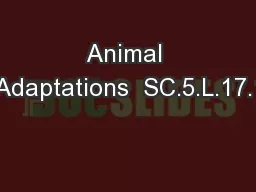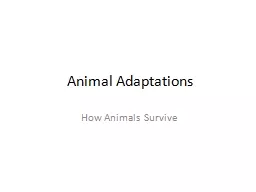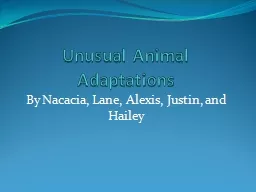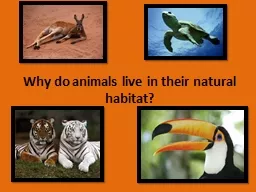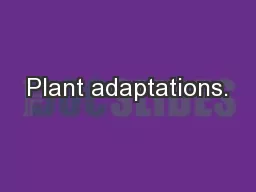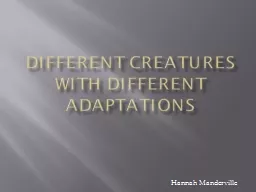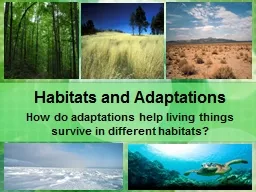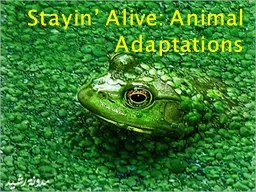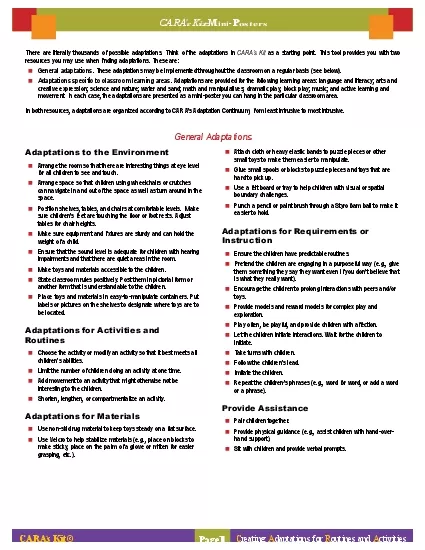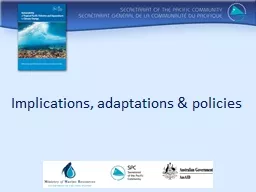PPT-Animal Adaptations SC.5.L.17.1
Author : trish-goza | Published Date : 2018-11-02
and Environmental Changes SC5L151 Activities Department of Mathematics and Science Big Idea 15 and 17 Environmental Changes amp Animal Adaptations SC5L151 D escribe
Presentation Embed Code
Download Presentation
Download Presentation The PPT/PDF document "Animal Adaptations SC.5.L.17.1" is the property of its rightful owner. Permission is granted to download and print the materials on this website for personal, non-commercial use only, and to display it on your personal computer provided you do not modify the materials and that you retain all copyright notices contained in the materials. By downloading content from our website, you accept the terms of this agreement.
Animal Adaptations SC.5.L.17.1: Transcript
Download Rules Of Document
"Animal Adaptations SC.5.L.17.1"The content belongs to its owner. You may download and print it for personal use, without modification, and keep all copyright notices. By downloading, you agree to these terms.
Related Documents

